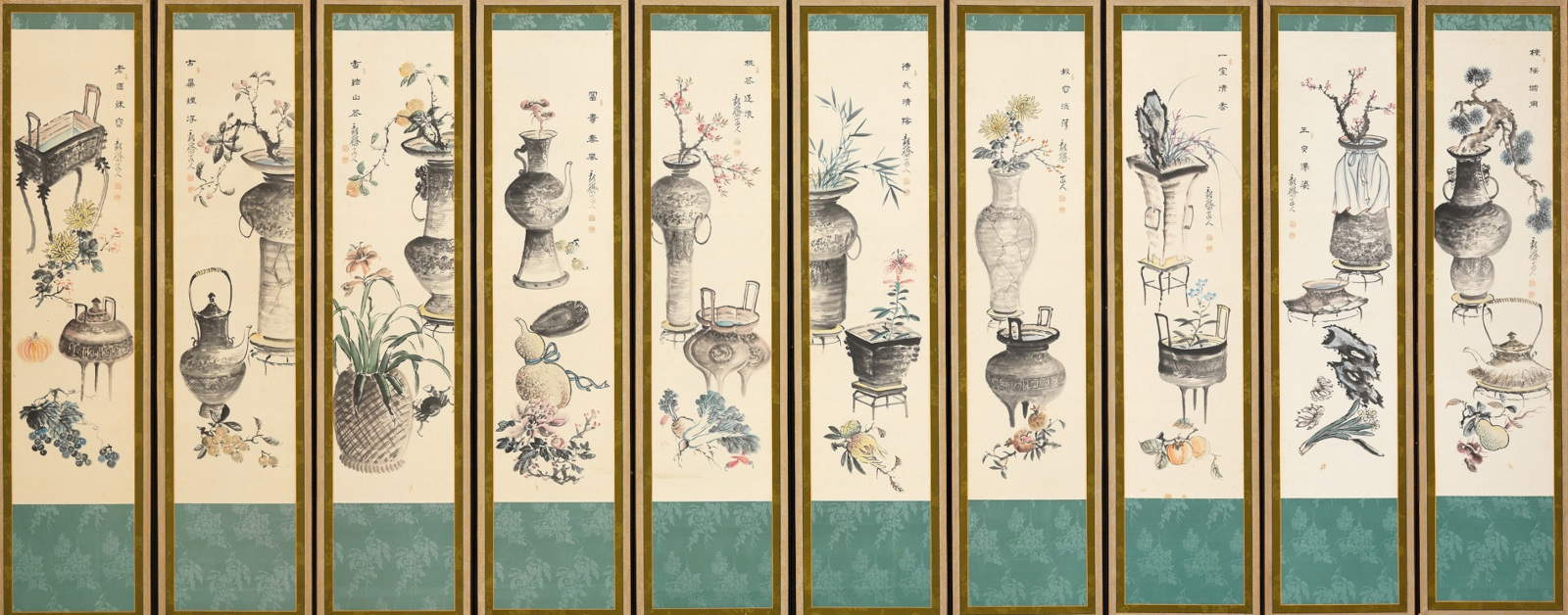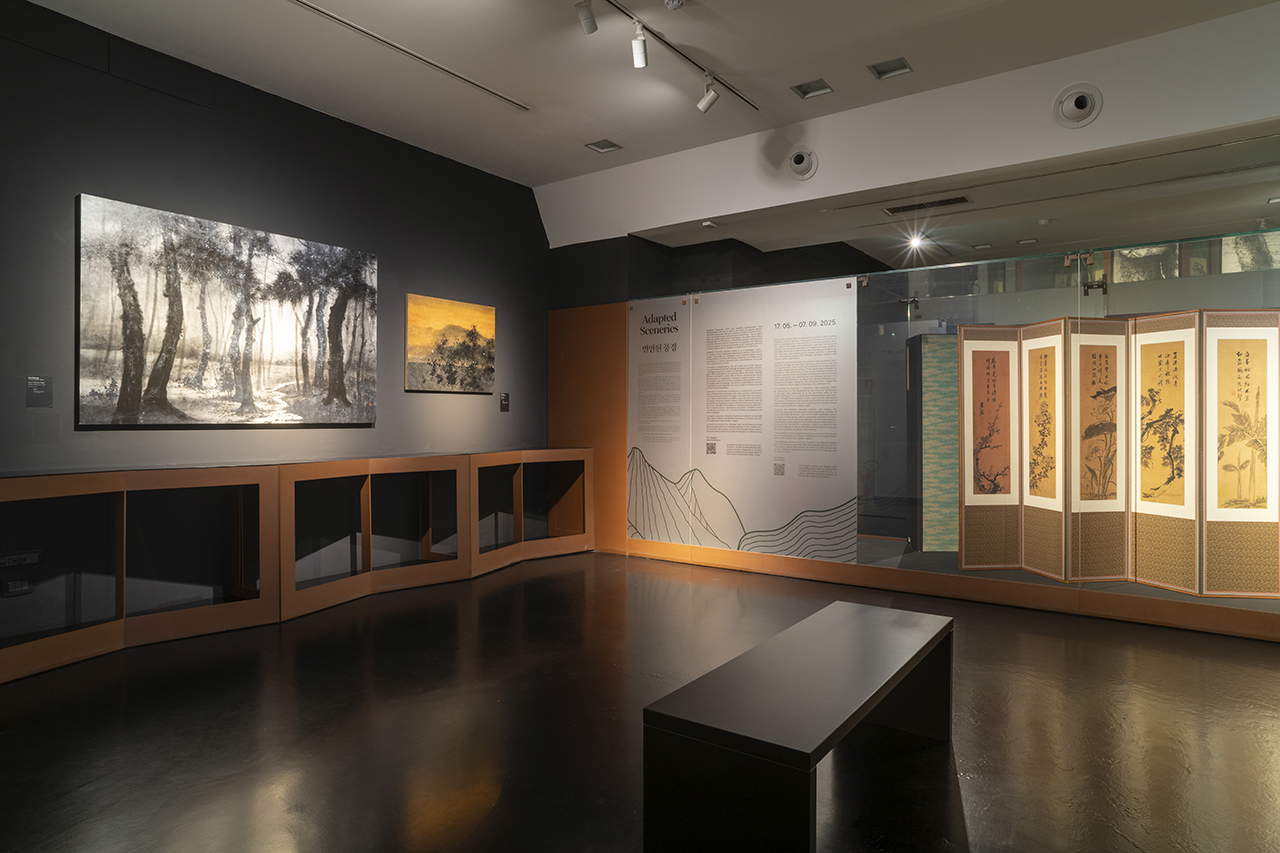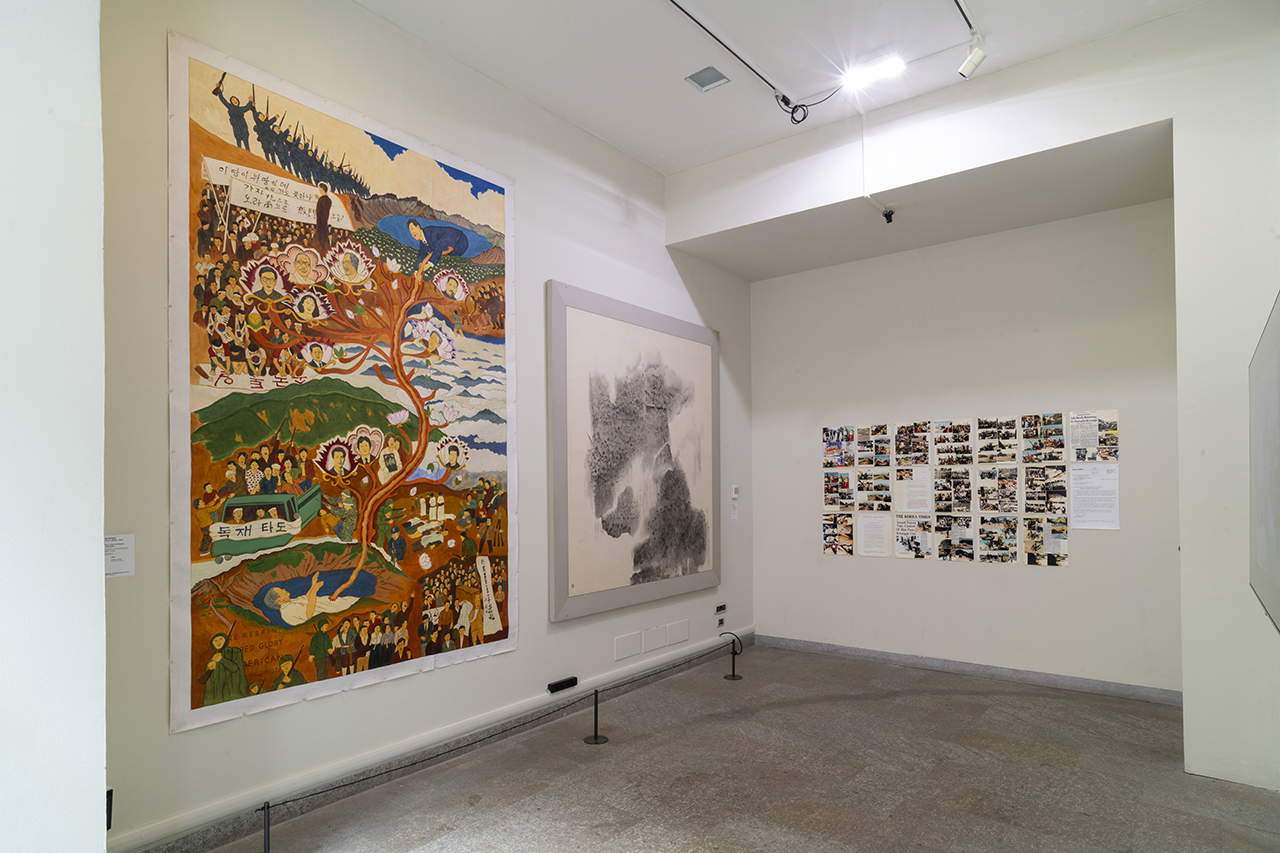From May 17 to September 7, 2025 MAO - Museo d’Arte Orientale di Torino opens to the public Adapted Sceneries, the new exhibition organized by the museum in collaboration with the Gwangju Museum of Art (Korea), entirely dedicated to Korean landscape painting(sansuhwa) and works inspired by the May 18 Democratization Movement.
The exhibition, curated by Ik Yun, Hyeokjin Lee, Davide Quadrio and Anna Musini, is part of the Cultural City Gwangju 2025 project and the agreement signed in 2024 between the cities of Gwangju and Turin.
Since 2015, the Gwangju Museum of Art has been committed to promoting the artistic culture of Gwangju and the Jeollanam-do region internationally through a network of collaborations with overseas institutions. The exhibition aims to provide an opportunity for the Italian public to learn about the artistic tradition and history of an area known in Korea as the “City of Art” and akin to Turin in the centrality assigned to culture in defining urban identity.
Set up on the second floor of the museum’s permanent collections and in the t-space exhibition space on the ground floor, Adapted Sceneries aims to offer a reflection on Namjonghwa (Southern School of Painting) painting, a cornerstone of Korean painting. Alongside historical works by masters such as Heo Ryeon, Heo Baekryeon, and Heo Hangmyeon-which fully express traditional aesthetics-are contemporary works by artists such as Lee Sunbok, Heo Dalyong, and Hong Sungmin, who are able to reinterpret the Korean landscape with current sensibility and a style in dialogue between tradition and modernity.
The Korean natural landscape, depicted in ink and color painting, is not only a celebration of nature here, but also becomes a metaphor for the passage of time and the intimate links between personal memory and artistic language.

A central section of the exhibition is devoted to works inspired by the May 18 Democratization Movement. Thanks to the support of 5.18 Democracy Movement Archives and the May 18 Foundation, documentary materials will also be on display that aim to return visitors to the dramatic accounts of this crucial historical moment for Korea.
The title Adapted Sceneries recalls precisely this concept of transformation: the geographical and historical landscapes of Gwangju and Jeollanam-do are perceived in a different context from the original one within the MAO and the city of Turin, with the intention of promoting new interpretations and suggestions. The exhibition thus allows the public not only to discover the visual and symbolic richness of this artistic production, but also to grasp its profound historical and universal implications.
The project is developed in continuity with the recent exhibition Haori. Men’s Clothes of the Early Twentieth Century Narrate Japan, continuing MAO’s journey to highlight significant aspects of Korea’s history, art and culture.
Hours: Tuesday through Sunday from 10 a.m. to 6 p.m. Closed Mondays


 |
| At the MAO in Turin, an exhibition dedicated to Korean painting, including historical and contemporary works |
Warning: the translation into English of the original Italian article was created using automatic tools. We undertake to review all articles, but we do not guarantee the total absence of inaccuracies in the translation due to the program. You can find the original by clicking on the ITA button. If you find any mistake,please contact us.